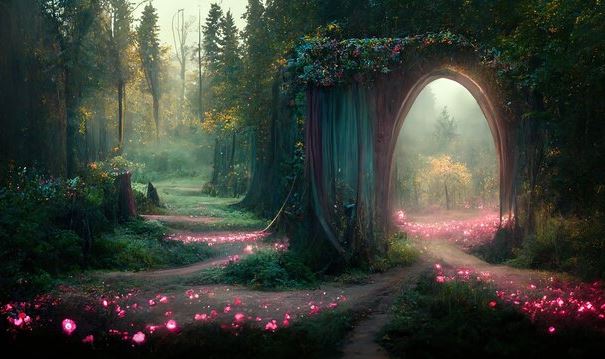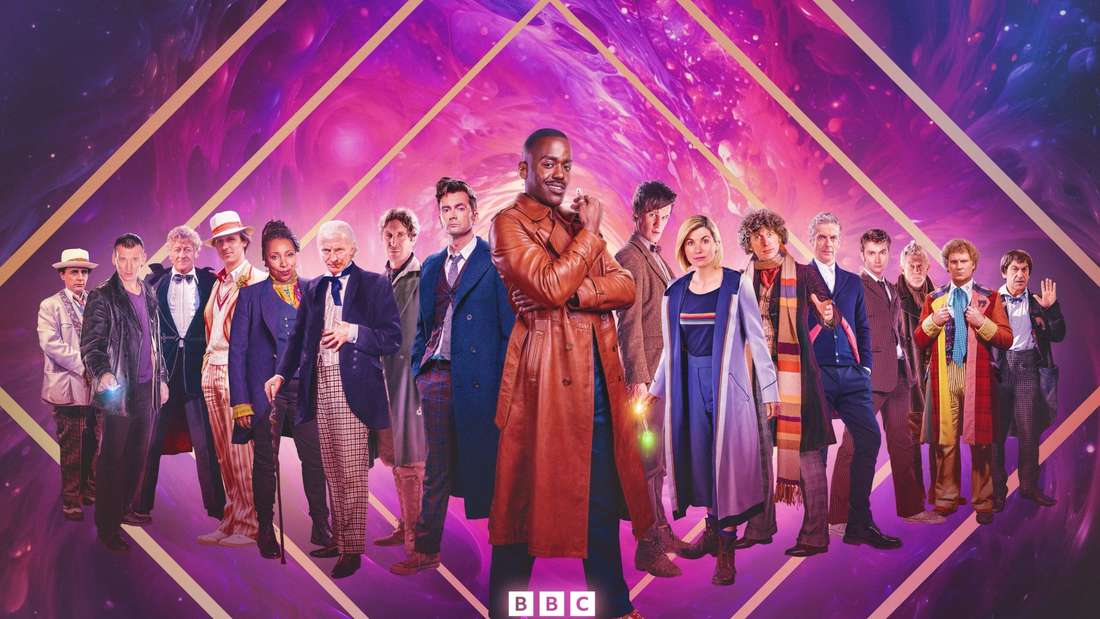
The primary texts contain depictions of violence, some of it sexualised.
Once upon a time, in a spirit of romantic nationalism, the Romantics ‘discovered’ and collected folktales as representative of the true spirit of a nation, preferably told by rural peasants to leave unsullied the spirit of the folktale. Though oral versions are often far older, with even some literary versions such as Aesop’s fables dating back to the 6th century BC, most nowadays familiar fairytales were fixed in their form by Charles Perrault in France or the Brothers Grimm in Germany, in the 17th and 18th century respectively. What these tales did, besides being entertaining on a cold winter evening, was inscribe and reinscribe social norms and mores, especially in regards to gender and sexuality. While fairytale heroes (male, of course) are strong, valiant and loyal, woman has to be beautiful and demure to succeed. The damsel in distress meets Prince Charming and with marriage all her problems are solved. These narrative patterns serve to reinforce and naturalize the patriarchy’s sway specifically over women, and thereby shore up the social order. Yet with postmodernism, the fairytale was rediscovered as medium to challenge exactly the structures it earlier reinforced.
In 1973, William Goldman published The Princess Bride, a postmodern, heavily metafictional spoof of the classic fairytale adventure story, which undermined the expectations of an audience trained on fairytales, heavily questioned traditional models of masculinity, and added new stock characters to the fantasy canon.
In 1979, Angela Carter published The Bloody Chamber, a collection of short stories based on fairytales which explicitly drew on the sexual undercurrents in Perrault’s tales to challenge their misogynistic morals.
Zoe Gilbert’s Folk of 2018, a series of connected short stories, draws heavily on fairytale language and convention to tell the tales of the people of the fictional island of Neverness, “a self-contained island ruled by its own heavy history” (Myers n.p.), an allegory for the British Isles.
All three books will make up the set texts for this course, with will examine the goals and strategies contained in postmodern fairytales and fairytale retellings.
Texts: Carter, Angela. The Bloody Chamber. Vintage, 1995. ISBN 9780099588115
Goldman, William. The Princess Bride. Bloomsbury, 1999. ISBN 9780747545187
Gilbert, Zoe. Folk. Bloomsbury, 2018. ISBN 9781408884393
- DozentIn: Anne Hess

- DozentIn: Anne Hess
Archaeologists have long researched the field of garbology, the study of garbage. A central tenet of garbology is that “what people have owned — and thrown away — can speak more eloquently, informatively, and truthfully about the lives they lead than they themselves ever may” (William Rathje). This is also applicable to the way texts engage with waste and waste spaces.
In this seminar, we will closely read contemporary science fiction texts with a focus on waste, trash and garbage. Locating it in an ecocritical theoretical framework, we will discuss the meanings and contextualisations of waste in these texts while also considering resource management and the spatiality of waste, among other topics.
After a short historical introduction, which will include excerpts (e.g., from Charles Dickens’s Our Mutual Friend), our texts will consist of a selection of current Doctor Who episodes (11th and 13th Doctor), as well as excerpts from different sci-fi novels, such as China Miéville’s Perdido Street Station and Kazuo Ishiguro’s Klara and the Sun. We will read one novel in full, Terry Pratchett’s The Truth.
Text:
Students need to own a copy of The Truth. All other material will be provided on moodle.
Terry Pratchett. The Truth. Corgi, 2001. ISBN 978-0-552-14768-2
(Please make sure not to buy the stage adaptation, but the novel!)
- DozentIn: Anne Hess
|
Erste Sitzung: 8. November 2022 (wegen einer Exkursion in der ersten Vorlesungswoche und Allerheiligen am 1. November 2022) Die Anmeldung findet im Rahmen des allgemeinen Verfahrens der Fachrichtung statt. Bitte beachten Sie die Mitteilungen auf der Website der Fachrichtung und die Aushänge. This course will introduce students to different theoretical and practical perspectives on the role and power of media in society. We will first discuss various definitions of media as well as aspects of media history, media theory, and media analysis. We will then analyse film sequences of iconic and lesser known British films. Students will be introduced to basics of film and TV studies such as film narrative, cinematic techniques, approaches to contextual interpretation, and genre analysis. We will also include other forms of media, such as media events, artworks, and digital products, into our critical discussions. Ultimately, this course aims to sharpen students’ awareness of the social and cultural functions of media, how media influence political beliefs, identities, and behaviours while at the same time they are being shaped by these. Our primary texts this term will include the Olympic Opening Ceremony 2012 in London, a James Bond film as well as at least one Doctor Who episode. Reading texts and/or watching films in preparation for each class will be mandatory. In order to gain credits for this course, students will have to participate in a case study to be presented in class. Our last session will be a double session. Texts: Relevant materials will be made available via moodle. |
- DozentIn: Anne Hess
Since the eighteenth century, the Gothic has undergone many changes as a genre. What has not changed, though, is that spaces, in particular architectural spaces, are defining elements of the Gothic. Since the publication of Horace Walpole’s The Castle of Otranto (1764), the Gothic’s uncanny castles, ruined abbeys, haunted mansions and decaying country houses have set the Gothic’s scenes. These buildings also offer multiple starting points for research, for instance socio-economic, political, ethnic and gender topics.
We will first discuss Gothic as a historical genre before we turn to theories of spaces and spatiality. We will then enter on a historical tour of Gothic literature on which we will read excerpts from selected Gothic texts with a view to their (re-)presentations of places and spaces. Our primary texts will be Mervyn Peake’s Titus Groan (1945) and Sarah Waters’ The Little Stranger (2009). We will contextualise both novels and closely read excerpts from them, focusing on how they construct their twentieth-century versions of the Gothic castle.
Texts (Please buy and read the following editions):
Peake, Mervyn. Titus Groan. Vintage Classics, 1998. ISBN: 9780749394929
Waters, Sarah. The Little Stranger. Virago, 2010. ISBN: 9781844086061
- DozentIn: Anne Hess

